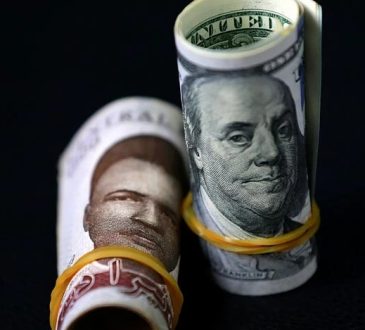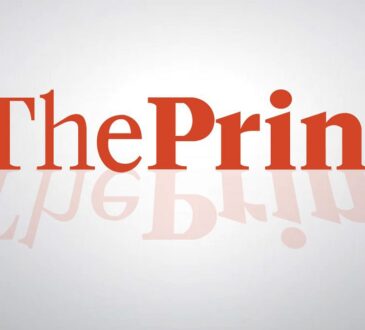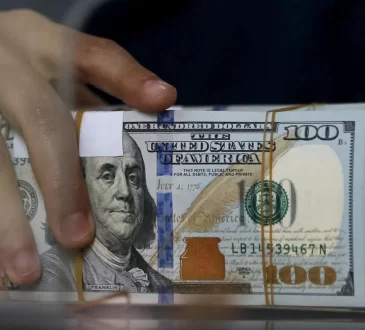
(Bloomberg) — Money managers from Amundi SA to NWI Management are building contrarian bets on the Mexican peso, wading back in just as volatility in currency markets is expected to pick up ahead of the US presidential election.
A growing number of investors argue the currency, one of the most liquid assets in emerging markets, will do fine whoever wins the White House in November. In the meantime, Mexican interest rates at 10.5% are too high to miss out on, said Hari Hariharan, chief executive officer at NWI, a New-York based hedge fund.
Institutional asset managers are the most bullish on the peso in more than a month, according to data from the Commodity Futures Trading Commission through Oct. 8.
“The tide has turned for the peso,” said Hariharan, who had been neutral on the currency since April 2023. Mexico’s new president, Claudia Sheinbaum, will work with Trump to avoid tariffs, he said, while reining in government spending. A weaker yen and a strong US economy also help the case.
Hariharan, who oversees $2.4 billion at NWI, is building an overweight position in the currency, based on the so-called carry trade offered by high local rates. He argues the best way to protect against dollar spikes in the lead up and aftermath of the vote is to borrow in the Japanese yen or Swiss franc and invest in the peso, bypassing the greenback.
The Turnaround
Other firms such as UBS Group AG and Amundi say the peso’s recent slump opened an attractive entry level to resume bullish bets. The currency is the worst performer among the world’s majors in the past six months, more than 15% to 19.4 per dollar.
The drop, fueled by a landslide election victory for the ruling left-wing party, was a reckoning for the currency that had earned the moniker of “super peso” because of its relentless, multi-year rally. The slump worsened as a rally in the yen undermined the appeal of carry trades, which had propelled the currency in the past few years.
“It could be indeed the comeback trade,” said Yerlan Syzdykov, the head of EM debt at Amundi, who added the firm began rebuilding an overweight position as the peso slipped past 19.5-per dollar in recent weeks. He prefers pitting the peso against the Swiss franc and the Taiwanese dollar to profit.
The call — particularly its timing — is far from a consensus. For many, betting on the peso is a risk too far with the threat of Donald Trump imposing import tariffs should he win the election. A gauge of one-month implied volatility in the peso has risen to its highest since the last US vote four years ago.
JPMorgan Chase & Co. joined rival banks this week, shutting down a long-standing bullish recommendation on the peso amid unpredictable risks from the US vote. In fact, emerging-market currencies as a whole have yet to price in risks associated with the election, strategists led by Jonny Goulden wrote in a note.
While there’s “definitely opportunity to make money” on Mexico’s currency, there’s no short-term catalysts with the US election coming up, said Kristina Campmany, a senior portfolio manager at Invesco.
The split outlook offers a glimpse into just how murky the scenarios are for developing-world assets just weeks before the vote. CFTC data also showed leveraged funds flipped back to a net bearish position on the peso — after turning bullish just last week — underscoring how volatile the outlook has become.
While investors say Kamala Harris would spur a risk rally in global markets, Trump’s victory threatens emerging-market currencies, bonds and stocks.
Latest polls show Harris with a razor thin lead over Trump at the national level. Traders will also watch for the composition of congress, key to passing foreign and trade policy legislation in the coming years.
For the peso bulls, though, those fears are exaggerated.
Mexico’s deputy trade minister boasted this month about the country’s intention to lure US carmakers and semiconductor manufacturers as well as global giants in the aerospace and electronics sectors in a bid to replace goods and components manufactured in Asia. That could appease any concerns in a potential Trump administration that China is using Mexico as a stepping stone into the US.
It indicates that the new Mexican government is aware of the risks and “problem recognition is half of good management,” Hariharan said.
“Am I saying it’s super peso on it’s way to 16-per-dollar? No,” he said. “It’s a peso which is probably going to be comfortable in 18.5 to 20-per-dollar range.”
What to Watch
- Chinese economic data due throughout the week is likely to show weakening growth and deflationary pressures before the government’s raft of economic stimuli at the end of September, Bloomberg Economics wrote in a report
- Chile’s central bank will likely cut interest-rates by 25 basis points on Wednesday, taking borrowing costs to 5.25%, according to the consensus forecast of economists surveyed by Bloomberg
- Turkish policymakers are expected to keep the key rate on hold at 50% on Thursday for the seventh consecutive time, according to Bloomberg Economics
©2024 Bloomberg L.P.




